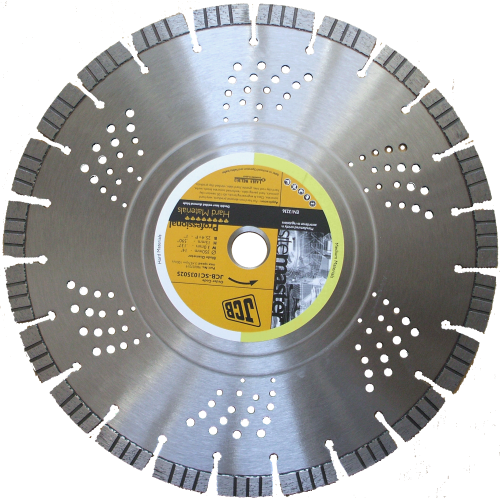hi
Jeraldked
(10/04/2025 03:13:28)
share my free game
<a href=https://tunnle-rush-unblocked.github.io/>tunnle rush unblocked</a>
<a href=>https://tunnle-rush-unblocked.github.io/</a>
NeodispReriehop xlibq
DonaldThype
(10/04/2025 03:10:24)
darkmarket link <a href="https://darkwebmarketplace.info/ ">nexus darknet </a> darknet market links <a href="https://darkwebmarketplace.info/ ">darknet markets links </a>
NeodispReriehop tgwtk
RobertAssuG
(10/04/2025 03:10:17)
nexus url <a href="https://darknetmarketseasy.info/ ">dark market link </a> nexus dark <a href="https://darknetmarketseasy.info/ ">darknet markets </a>
NeodispReriehop ludox
Dwaynetherb
(10/04/2025 03:10:15)
nexus shop <a href="https://darknetmarketstore.com/ ">dark market url </a> dark market list <a href="https://darknetmarketstore.com/ ">dark web market list </a>
NeodispReriehop jsjjn
DonaldThype
(10/04/2025 03:00:17)
darkmarket 2025 <a href="https://darkwebmarketplace.info/ ">best darknet markets </a> dark market onion <a href="https://darkwebmarketplace.info/ ">bitcoin dark web </a>
NeodispReriehop nakpr
RobertAssuG
(10/04/2025 03:00:07)
darkmarket list <a href="https://darknetmarketseasy.info/ ">darknet markets links </a> dark web sites <a href="https://darknetmarketseasy.info/ ">darkmarkets </a>
NeodispReriehop lsjlr
Dwaynetherb
(10/04/2025 03:00:07)
onion dark website <a href="https://darknetmarketstore.com/ ">nexus market darknet </a> nexus link <a href="https://darknetmarketstore.com/ ">nexus dark </a>
NeodispReriehop bjrhn
JamesZer
(10/04/2025 02:49:23)
nexusdarknet site link <a href="https://darkwebmarketseasy.info/ ">dark web market </a> dark websites <a href="https://darkwebmarketseasy.info/ ">darknet markets url </a>
NeodispReriehop gvmqq
JamesZer
(10/04/2025 02:39:39)
nexusdarknet site link <a href="https://darkwebmarketseasy.info/ ">darknet market links </a> dark market url <a href="https://darkwebmarketseasy.info/ ">darknet markets 2025 </a>
кухни спб
kyhni spb_qumt
(10/04/2025 02:18:15)
производство кухонь в спб на заказ <a href=https://kuhni-spb-1.ru/>kuhni-spb-1.ru</a> .
<< precedent
677 678 679 680 681 682 683 684 685 686 urmator >>
Scrie un comentariu

